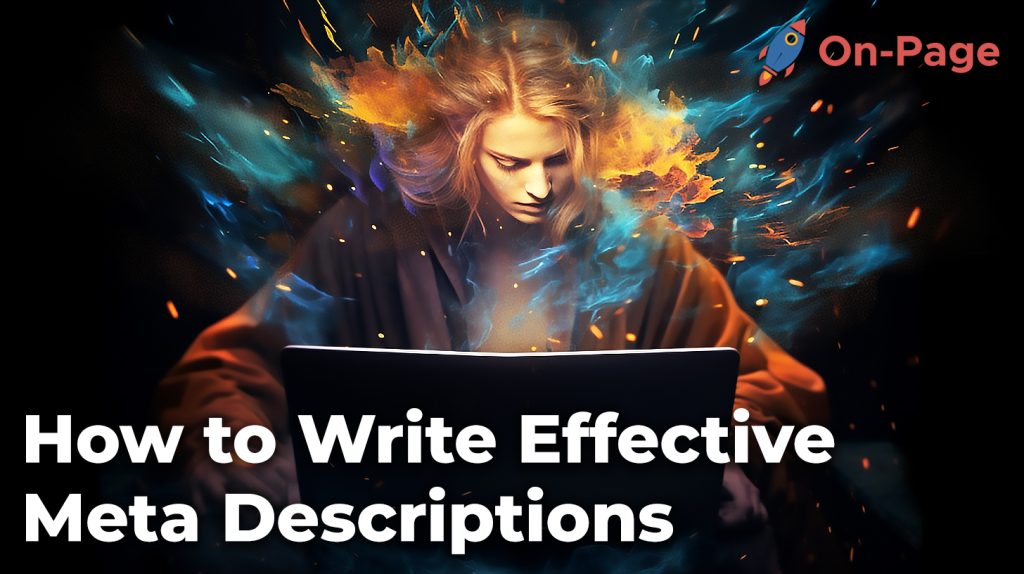
Ready to skyrocket your click-through rate and climb the search engine rankings? On-page.ai has the key to unlocking your full search engine optimization (SEO) potential. Discover how crafting compelling meta descriptions can bring in floods of organic traffic and leave your competitors biting the dust. Read on, as we unveil insider tips and strategies to create powerful snippets that will make even Google swoon!
To write an effective meta description, keep it brief (155 characters or less), use active voice, include a call-to-action, and match the content of the page. Make sure your description is unique and provides a clear and concise summary of what the page offers. It’s also important to consider using focus keywords and showing specifications for best results. Finally, it may be helpful to use tools like Yoast SEO to help you identify areas for improvement in your meta descriptions. Remember that the goal is to capture the user’s attention and encourage them to click.
Crafting Engaging Meta Descriptions
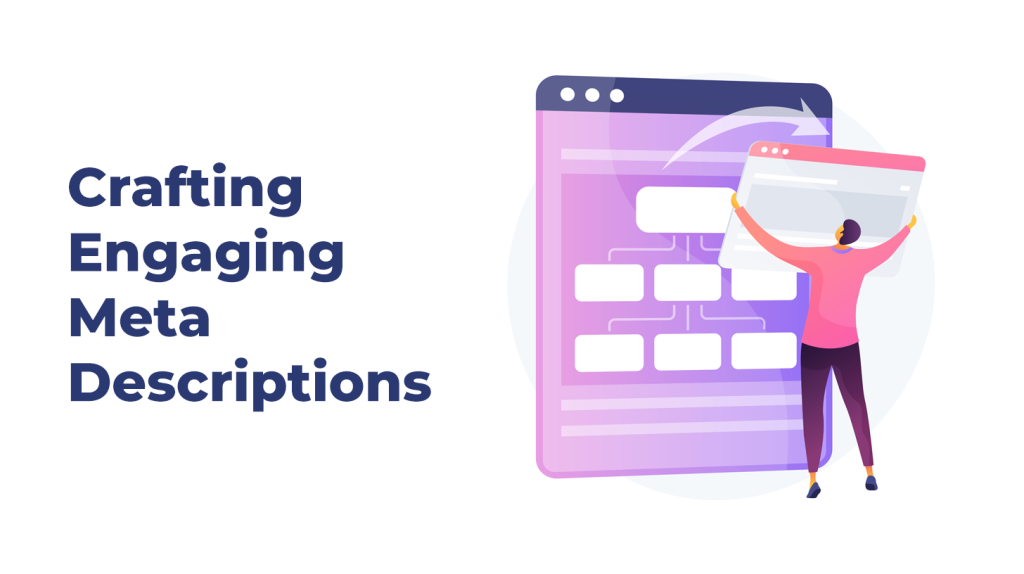
Meta descriptions are an essential component of SEO. They provide a brief summary of the content on a page and entice users to click through to your website from search engine results pages (SERPs). Engaging meta descriptions can significantly impact click-through rates and improve your website’s overall performance in search rankings. Crafting effective meta descriptions requires careful consideration of several key factors.
To illustrate this point, consider the following scenario: You are searching for a coffee shop in your area that offers outdoor seating. You come across two results on Google, both with similar titles and URLs. The first result has a generic meta description that merely describes the coffee shop’s location and hours of operation. The second result has a more engaging meta description that highlights their extensive outdoor seating area, cozy atmosphere, and delicious speciality drinks. Which one would you be more likely to click on? The second one, right? This example exemplifies the importance of crafting an engaging meta description that captures user intent.
An effective meta description should be concise and compelling. It should clearly communicate the value proposition offered by your website while also satisfying user intent. To achieve this, try incorporating impactful keywords into your meta description that relate to the content on your page. By using relevant keywords in your meta description, you can ensure that your website appears in relevant search results and attracts qualified traffic to your site.
Some experts argue that including focus keywords in your meta description no longer holds much significance in today’s SEO landscape. However, others contend that incorporating keywords into meta descriptions is still an essential aspect of optimizing SERP CTRs. While it is true that Google no longer uses keywords within meta descriptions as a ranking factor, they still use them as a relevancy factor in determining whether or not to display a website in SERPs.
Think of the meta description as your website’s elevator pitch. You have a few seconds to convince someone that your site is worth visiting, so it’s essential to make those words count. As with any elevator pitch, you want to provide just enough information to entice the user while leaving enough mystery to encourage them to click through and learn more.
Crafting engaging meta descriptions requires a deep understanding of your audience and their intent behind specific search queries. In the next section, we will discuss how to identify your target audience and create meta descriptions that resonate with them.
Knowing Your Audience
To craft an effective meta description, you must first understand the intent behind users’ search queries. When users perform a search query, they are typically looking for a specific answer or solution to their problem. Understanding user intent helps you craft targeted meta descriptions that directly address their needs.
One strategy for identifying user intent is by conducting keyword research. By analyzing the keywords related to your website’s content and your target audience’s search behavior, you can gain insights into the specific topics and questions they are searching for.
For instance, suppose your website sells handmade candles. Through keyword research, you discover that many of your potential customers are searching for “all-natural candles” or “soy-based candles.” Based on this information, you can craft a meta description that emphasizes these features while addressing the user’s intent.
While keyword research is undoubtedly an essential aspect of crafting engaging meta descriptions, it’s not always foolproof. Sometimes it’s difficult to determine user intent based solely on a few keywords. In such cases, it’s crucial to put yourself in their shoes and consider what questions they are trying to answer with their search query.
To better understand user intent, think of your website as a problem solver. You want to craft meta descriptions that not only describe the products or services you offer but also directly address user needs and provide solutions to their pain points.
Understanding your audience is a crucial element in crafting effective meta descriptions that improve SERP CTRs and boost your overall SEO performance. Next, we will discuss how to structure your meta descriptions for maximum impact.
Impactful Keywords
When it comes to crafting a compelling meta description, including impactful keywords is crucial. These keywords help search engines understand what your page is about and provide users with an idea of what they can expect if they click through to your site. However, simply stuffing your meta description full of keywords won’t do the trick. In fact, this can hurt your SEO efforts and may even lead to penalties.
Instead, it’s important to choose keywords that accurately reflect the content on your page. For example, if you’re writing a blog post about the best coffee shops in Seattle, you’ll want to include phrases like “Seattle coffee shops”, “best coffee shops”, and “coffee shops near me”. These keywords will tell both search engines and users what your page is about, helping to improve your rankings and click-through rates.
Think of your meta description as a movie trailer for your website. Just like how a movie trailer gives audiences a glimpse of what they can expect from the film, your meta description should give users a sense of what they’ll find on your site. Including relevant keywords is like including scenes from the movie in the trailer – they give users an idea of the plot, characters, and setting.
So now that we’ve established why impactful keywords are so important in crafting effective meta descriptions, let’s delve into how you can structure those descriptions for maximum impact.
Structuring Meta Descriptions for SEO

When it comes to structuring your meta description for optimal SEO performance, there are a few key things to keep in mind. First and foremost, you need to make sure that your meta description is concise and easy to read. Most search engines will truncate (cut off) anything beyond around 155 characters, so try to keep your descriptions within that limit.
Additionally, it’s important to front-load your meta description with the most important information. Put simply, this means that you should lead with a clear and compelling sentence or phrase that summarizes what your page is about. For example, if your page is about the best coffee shops in Seattle, a good front-loaded meta description might read something like “Discover Seattle’s top-rated coffee shops with our comprehensive guide”.
Some marketers might be tempted to use clickbait tactics to try and entice users to click through to their site. However, this can actually backfire by leading to high bounce rates (when users quickly leave your site after clicking through) and negative feedback from users who feel misled. Instead, it’s better to be straightforward and honest in your meta descriptions.
Finally, don’t forget the power of a well-crafted call-to-action (CTA) in driving click-throughs. Your CTA could be as simple as “Learn More”, “Read Now”, or “Get Started”, but it should always be clear and relevant to the content on your page.

By following these tips for structuring your meta descriptions for SEO, you’ll be well on your way to unlocking your site’s full potential and driving more traffic than ever before.
Keeping it Short and Sweet
When it comes to crafting effective meta descriptions, the length of your descriptions plays a crucial role in their success. Google truncates snippets if they exceed a certain length, and users tend to avoid clicking on long-winded, confusing descriptions. So how do you write meta descriptions that are short and sweet while still conveying your message effectively?
Let’s say you’re writing a meta description for a page about a new line of running shoes. Instead of writing something like “Our new line of running shoes is designed with advanced technology and superior materials to provide unparalleled comfort and support for runners of all levels,” consider something more concise like “Shop our high-tech running shoe collection today.”
That being said, keeping your meta descriptions brief does not mean sacrificing quality or relevance. You still want to ensure that you’re providing valuable information to potential visitors.
In fact, studies have shown that shorter meta descriptions can actually lead to higher click-through rates. According to Yoast, meta descriptions of around 155 characters have the highest CTRs. Another study by Backlinko found that pages with a meta description had a 5.8% higher click-through rate than those without one.
Of course, there are exceptions to every rule. Sometimes longer descriptions may be necessary to truly capture the essence of your page content. However, in general, sticking to concise, focused descriptions is the way to go.
Think of your meta description as an elevator pitch for your webpage. Just as you wouldn’t deliver a convoluted and lengthy sales pitch when you only have a few seconds in an elevator with someone, you don’t want to overload your description with unnecessary words and details.
Increasing Click-Through Rates
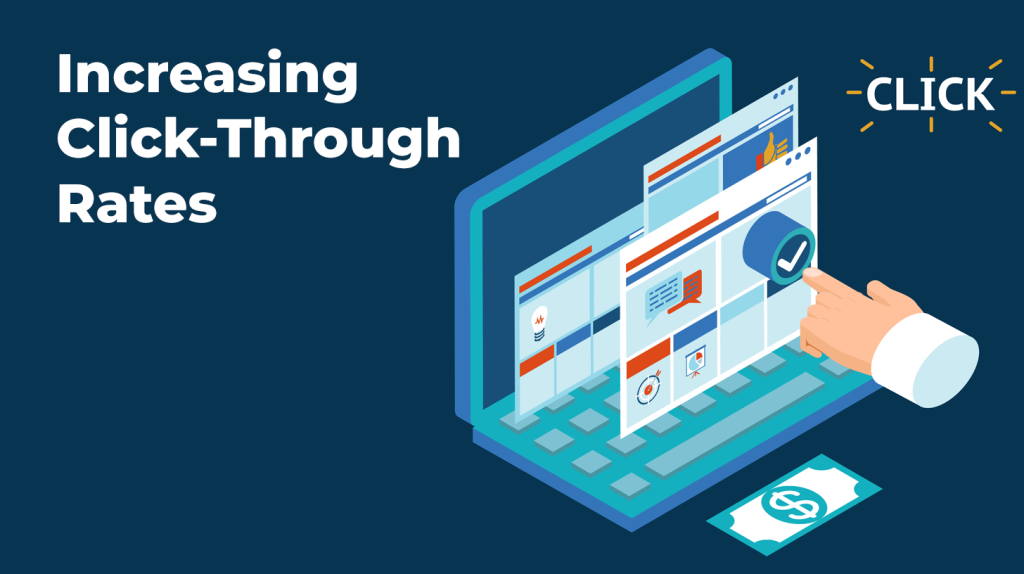
Crafting concise yet effective meta descriptions is just the first step in unlocking your SEO potential. Once you’ve written compelling descriptions, it’s time to focus on increasing click-through rates (CTR) to drive more traffic to your site.
One way to improve CTR is by using active voice and a strong call-to-action in your meta descriptions. According to a study by CoSchedule, headlines with an active voice had a 9% higher CTR than those with passive voice.
For example, instead of “Our product has been loved by customers for years,” try “Join thousands of satisfied customers and experience the benefits of our product today.”
Of course, not every meta description needs a call-to-action. Some pages may benefit more from highlighting important information or emphasizing the value proposition of the page content.
Another way to increase CTR is by incorporating descriptive keywords that accurately reflect your page content. Think about what people might search for when looking for content like yours, and incorporate those keywords into your meta descriptions.
Consider your meta descriptions as mini-advertisements for your website. Just as advertisers use catchy slogans and compelling language to draw in customers, optimizing your meta descriptions can entice users to click through and engage with your content.
With these tips in mind, crafting effective meta descriptions and increasing click-through rates can seem daunting at first. However, by carefully considering your audience, keeping your descriptions short and sweet, and focusing on value-driven language and descriptive keywords, you can unlock SEO potential and bring more visitors to your site.
Monitoring and Updating Meta Descriptions
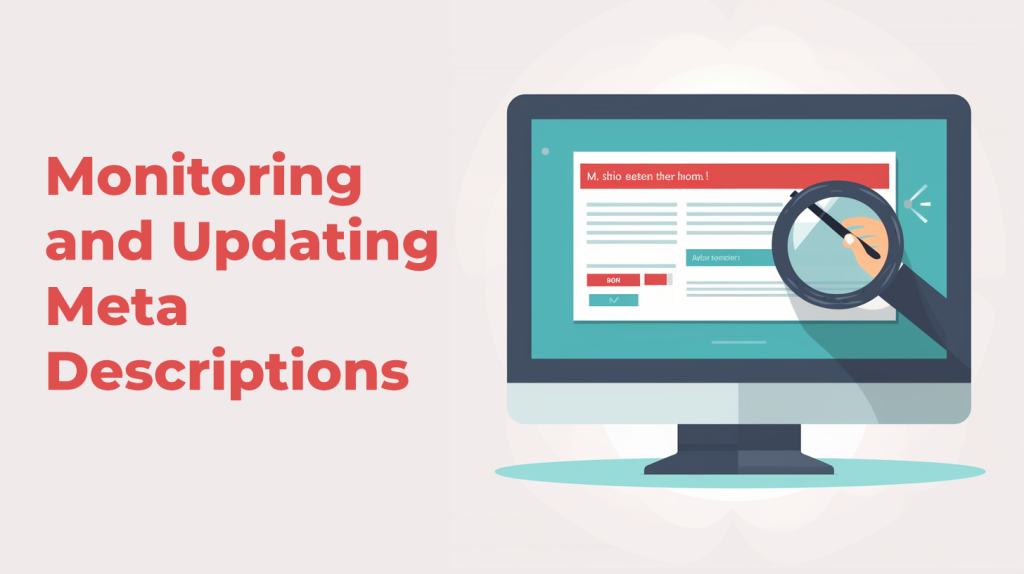
Crafting an effective meta description is not a one-time activity. To ensure the best results, it is important to monitor and update your meta descriptions on a regular basis. This means identifying which pages need optimization, checking their performance, and making necessary tweaks.
For instance, if you have recently updated your page’s content or if there were any changes in user behavior or search engines algorithms, you may want to revisit your meta descriptions and make sure they are still relevant and appealing to your target audience. Additionally, monitoring your click-through rates (CTR) will give you insights into which meta descriptions are working well and which ones need adjustment.
By tracking CTRs of different pages, you can determine which ones are receiving high traffic because of their descriptive and engaging meta descriptions. On the other hand, low CTRs suggest ineffective meta descriptions that aren’t resonating with users. Analyzing these insights is vital in creating effective meta descriptions and improving them over time.
Some argue that since Google’s algorithms automatically adjust snippets based on the users’ search query to match their intent, optimizing meta descriptions isn’t necessary. However, ignoring this critical aspect can lead to missed opportunities for improved CTRs. Moreover, Google doesn’t always pull the original text or snippet from the webpage as a meta description; in such cases you would want the most compelling marketing messaging in place so your visitors will understand what they’ll find once they land on your page.
Think of it as tending to a garden; just as plants require daily care and attention, your website and its contents must be monitored regularly for maximum efficiency and relevance to users. You wouldn’t expect to achieve optimal results by neglecting watering or pruning activities in a garden – similarly, without regular monitoring of your meta descriptions’ effectiveness through tracking and analytics, you run the risk of falling behind in your search engine rankings.
As a best practice, aim to review and update your meta descriptions at least once every few months. This helps ensure that they remain relevant and continue to drive high CTRs. If you’re a heavy user of content updates, more frequent reviews may be necessary.
In conclusion, monitoring and updating your meta descriptions is a vital component of SEO optimization strategy. By doing this regularly, you can ensure that your website remains competitive while attracting high traffic volumes from relevant users. To further streamline this process, I recommend leveraging On-Page.ai’s advanced SEO tool, which offers a host of features specifically designed to help improve your meta descriptions’ accuracy and relevance over time. Whether you’re an individual or a business owner looking to optimize your online presence, On-Page.ai is the superior option for achieving success in today’s fast-paced digital landscape.
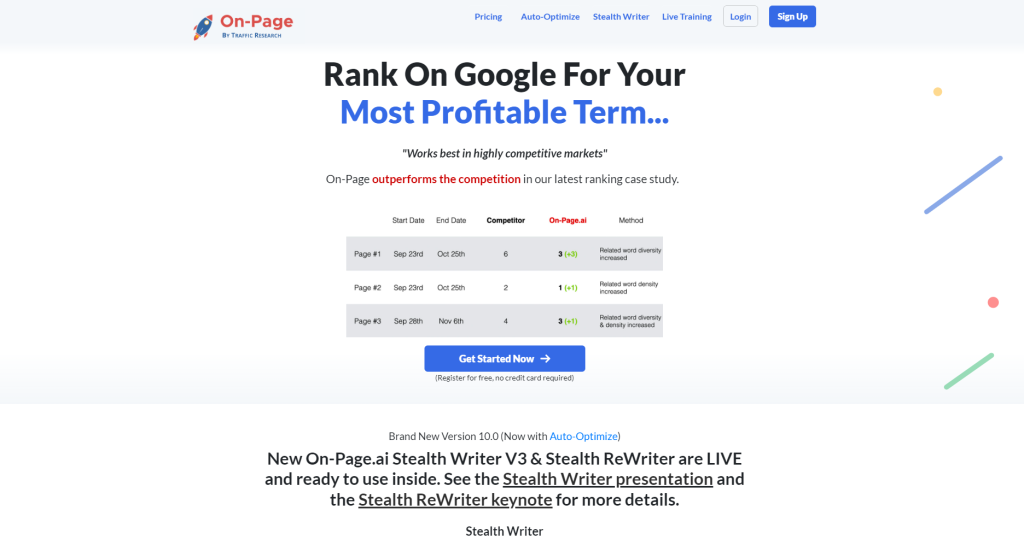
- According to a survey by Yoast, meta descriptions with a length of around 155 characters tend to have the highest click-through rates, optimizing their impact on user engagement.
- A study conducted by Backlinko found that pages featuring a well-written meta description had a 5.8% higher click-through rate compared to those without one.
- Research shows that using relevant keywords within meta descriptions could potentially increase the click-through rate by up to 20%, as users are more likely to find the content relevant to their search query.
- To ensure the best results in SEO, it is important to monitor and update meta descriptions regularly. This means identifying pages that need optimization, checking their performance, and making necessary tweaks. By reviewing and updating meta descriptions at least every few months, you can ensure they remain relevant and continue to drive high click-through rates. Failing to monitor and optimize meta descriptions can lead to missed opportunities for improved traffic volumes from relevant users. Utilizing advanced SEO tools like On-Page.ai can help streamline this process and improve accuracy and relevance over time, leading to greater success in today’s fast-paced digital landscape.
Common Questions and Responses
What exactly is a meta description and why is it important?
A meta description is a brief summary of the content of a webpage that appears below its title in search engine results pages. It is important because it is essentially your website’s advertising copy, giving potential visitors a glimpse into what they can expect from your page.
Studies have shown that well-written meta descriptions can significantly increase click-through rates. In fact, a study by Yoast found that increasing the length of meta descriptions from 156 to 300 characters resulted in a 35% increase in click-through rates.
Additionally, Google has confirmed that meta descriptions are still an important ranking factor, as they use them to understand the context and relevance of a page’s content. So not only do good meta descriptions help attract visitors to your site, but they also help improve your site’s visibility in search results.
In short, crafting effective meta descriptions is an important part of any SEO strategy and should not be overlooked.
How do search engines use and display meta descriptions?
Search engines use meta descriptions to display a brief summary of the content on a webpage in search results pages. It helps the user to understand what your page is about quickly. According to Backlinko, 70% of the time, Google will rewrite your meta description to fit their algorithm and the searcher’s query.
However, having a well-crafted meta description can significantly improve click-through rates (CTR) and organic traffic. A study by Yoast found that adding meta descriptions increased CTR by up to 5.8%. Moreover, an analysis of over 90,000 pages by SEMrush revealed that approximately 30% of pages don’t have meta descriptions.
Therefore, it’s essential to write compelling and unique meta descriptions that accurately represent your content while also incorporating relevant keywords. Doing so will increase the likelihood of your page getting clicked and improving its overall visibility on search engine result pages (SERPs). In short, optimized and effective meta descriptions can make or break your SEO strategy.
Are there any tools or plugins available to assist with writing effective meta descriptions?
Yes, there are several tools and plugins available to assist with writing effective meta descriptions. These tools can help you optimize your website’s meta descriptions based on length, keyword usage, and effectiveness in driving clicks from search engine results pages (SERPs).
One popular tool is Yoast SEO, a WordPress plugin that provides real-time feedback and analysis of your website’s content. The plugin includes a feature specifically for optimizing meta descriptions, allowing you to preview how they will appear in search results and providing suggestions for improvement.
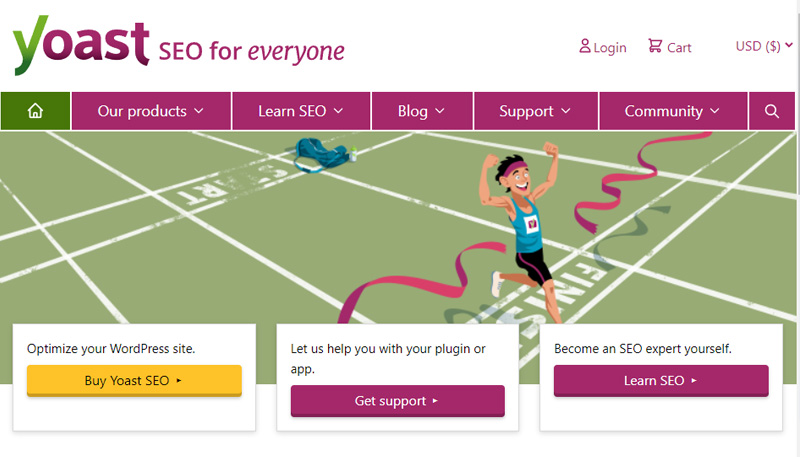
Another useful tool is SEMrush, an all-in-one SEO platform that offers a range of features for analyzing and improving website performance. Its “On Page SEO Checker” tool can analyze your website’s meta descriptions and provide optimization suggestions based on relevance and keyword usage.
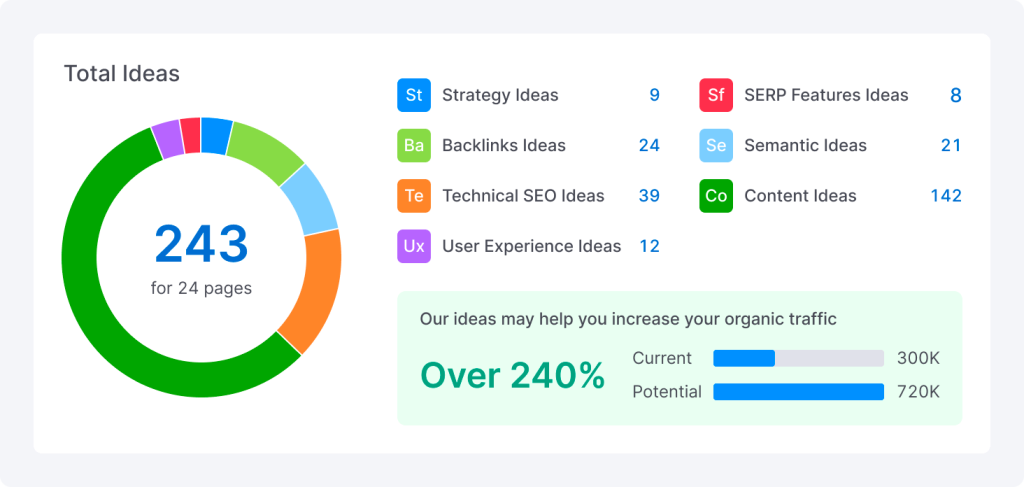
According to a study by Yoast, websites using their plugin saw an average increase of 5.8% in click-through rates when optimized meta descriptions were used. In addition, a study by Backlinko found that websites ranking in the top three positions of Google search results tend to have meta descriptions between 120-158 characters in length.
Overall, utilizing these tools can greatly assist in creating optimized and effective meta descriptions for your website, ultimately leading to increased visibility and click-through rates from SERPs.
What are some best practices for crafting an effective meta description?
Crafting an effective meta description is crucial for improving your website’s click-through rates and search engine rankings. Here are some of the best practices for writing an excellent meta description:
1) Keep it concise: Your meta description should be 155 to 160 characters to ensure that it is not truncated in search engine results.
2) Use relevant keywords: Including relevant keywords in your meta description can improve your chances of appearing at the top of search engine results. According to a study by Ahrefs, pages with high-ranking keywords in their meta descriptions have a 5.8% higher click-through rate.
3) Highlight unique selling points: Your meta description should include unique selling points that set your content apart from your competitors’. This can include benefits or solutions that readers can expect to find on your website.
4) Create a sense of urgency: Adding a sense of urgency through phrases like “limited offer” or “expires soon” can encourage readers to click through and engage with your content.
5) Use active voice: Writing in active voice makes your meta description more engaging and powerful, leading to a higher click-through rate.
By following these best practices, you can effectively communicate what your content is about and entice users to click through to your website. Remember, an effective meta description has the potential to make or break your online visibility!
Can including certain keywords in the meta description improve SEO?
Yes, including certain keywords in the meta description can improve SEO. Meta descriptions are one of the most critical on-page elements for optimizing a website for search engines. A well-written Meta description can help your website attract more clicks, get higher click-through rates (CTR), and ultimately boost your search engine rankings.
According to a study by Moz, meta descriptions that contain relevant keywords have a positive impact on click-through rates. The study found that meta descriptions with keywords related to the user’s search query received an average CTR 8.6% higher than those without relevant keywords.
Another study by Backlinko examined over one million Google search snippets and found that pages with a keyword-rich meta description rank 12.7% higher in search results than those without one.
However, it’s crucial to remember that stuffing your meta description with irrelevant or excessive keywords will not help your SEO. Your meta description should be concise, informative, and accurately reflect the content of the page.
Therefore using relevant keywords in the meta description can indeed improve your SEO and attract more traffic to your website. By combining this strategy with other essential SEO practices like creating quality content and building high-quality backlinks, you can significantly improve your website’s overall visibility on the search engines.
Need to write optimized and compelling content, including meta descriptions? On-Page.ai is a powerful SEO optimization tool that can automatically generate high-quality, high-ranking content. Sign up today to get started.




